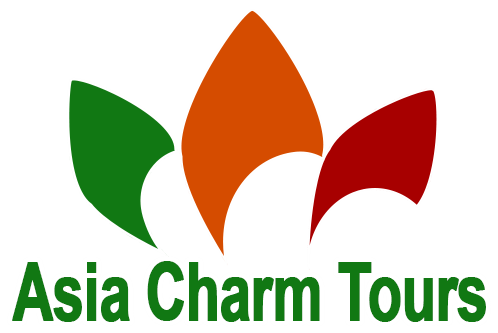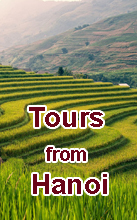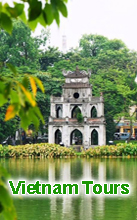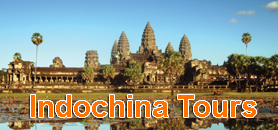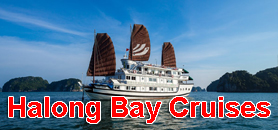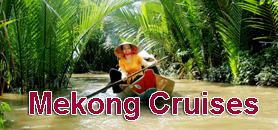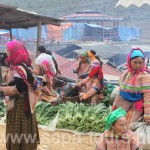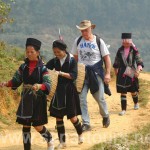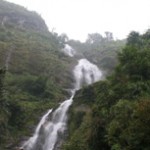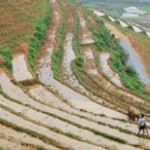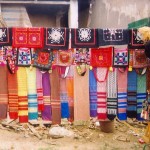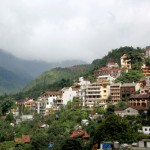Vietnam has world-class cuisine: chef Bobby Chinn
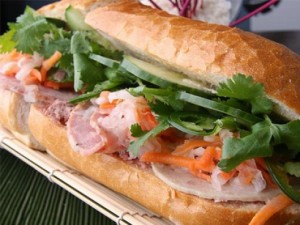 Editor’s Note: Bobby Chinn is a New Zealander chef who has lived for 18 years in Vietnam. Chinn graduated with a bachelor degree in finance and economics in the United States, and then briefly worked on Wall Street. He moved to Hanoi in 1995, and now owns a restaurant, Restaurant Bobby Chinn, there. The chef hosts the television show World Café Asia for the Travel and Living Channel, BBC’s Saturday Kitchen, UKTV Food’s Great Food Live, and Bobby Chinn Cooks Asia for the Discovery Channel. The following article is adapted from Tuoitrenews’ recent interview with him.
Editor’s Note: Bobby Chinn is a New Zealander chef who has lived for 18 years in Vietnam. Chinn graduated with a bachelor degree in finance and economics in the United States, and then briefly worked on Wall Street. He moved to Hanoi in 1995, and now owns a restaurant, Restaurant Bobby Chinn, there. The chef hosts the television show World Café Asia for the Travel and Living Channel, BBC’s Saturday Kitchen, UKTV Food’s Great Food Live, and Bobby Chinn Cooks Asia for the Discovery Channel. The following article is adapted from Tuoitrenews’ recent interview with him.
An expat is seen enjoying Vietnamese food during a festival in the central city of Hue in this April 2011 file photo.
It was clear that the US embargo and a century of wars isolated Vietnam with the rest of the world. This overshadowed all aspects of Vietnamese culture, especially in the West, where even world-class chefs were unaware of the cuisine, the ingredients, techniques and the historical influences that helped define the cuisine that is uniquely different from the rest of Southeast Asian cuisine. I said many years ago that Vietnamese food has not gained the right position in the culinary world, but Vietnamese cuisine has gained a lot of recognition of late. Vietnamese food is a world-class cuisine that has only made inroads into the fast food sector but there is a lot of room for it to grow on many different levels.
There is an incredible street culture which makes the local dining experience unique and quite frankly much more authentic than any dining room. It is an experience people often do not get from anywhere else in the world and this is a part of life that needs to be preserved. I am often quoted as saying that my culinary heroes cook in their pajamas. There are fewer and fewer places in the world where the cooking of traditional food is still being passed on from generation to generation, and I am still dumbfounded on the incredible variety of foods that is executed at the highest level which is sold at a fraction of comparable world-class food in other countries. To really understand the diversity of the food, one needs to travel the country and experience the different regions and specialties. That is mostly how I learned, so those tourists that generally meet me in my restaurants in Hanoi or in Ho Chi Minh City, get a sense of my perspective on my take on Vietnamese dishes, the way to appreciate it is to go to the source, and in Vietnam, the street is where it is.
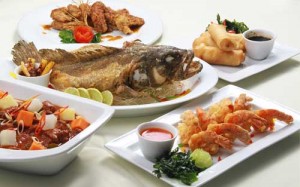
With respect to what the food industry can do to improve the image is debatable, I would suggest that Vietnam should position itself on the crest of the global culinary wave which would require a lot of effort from a wide range of experts. Maybe this country should build a consortium of both the government and the private sector – ministries of fisheries, agriculture, education, tourism and culture, NGO’s, environmentalists, etc. – to create a self-sufficient sustainable eco-system from production to retail, and a landscape of healthy sustainable food chain. Vietnam should also offer tax incentives and funding of projects to help expedite the process so that farmers, fishermen, and other stakeholders can take on a more responsible approach to the production and fabrication of food.
Since Vietnamese food is already healthy, light and potentially sustainable, Vietnam could lead the world in promoting a healthy fast food, which is the fastest growing sector in the global food market. In essence Vietnam could compete toe to toe with international fast food chains on its home turf. This would also help tourism, as food is one of the major cultural exchanges that one experiences while traveling. Food and wet markets is the fast track to understanding a culture and these need to be protected as much as the country’s ancient ruins and aging architecture.
Then comes the introduction of branded regions that differentiate Vietnamese products as the more premium ones. There are companies that are producing world-class ingredients like Marou Chocolate in the Mekong Delta, which is some of the best chocolates in the world. You have Red Boat Fish Sauce that is simply the best I have ever tasted; yet there is no excuse why there are not many more companies like these.
Vietnam also needs to invest in its own natural talent pool. Scholarships for the culinary arts and exchanges would help the culinary landscape tremendously. A selection of food ambassadors like Luke Nguyen will help generate and promote Vietnamese food domestically and abroad.
Because of the success of the World Cafe series together with my Wild, Wild East and Vietnamese Food cookbooks, I have been promoting the food but it really requires Vietnamese to officially develop and promote their own people. I have been working on opening a Vietnamese restaurant concept outside of Vietnam, but to do it successfully, you really need Vietnamese that understand the food and concept to make them work. And I still have not met a local that supports the concept.
Source: vietnamtourism.gov.vn
Also see:
- Hanoi’s traditional craft villages join World Crafts Network
- Yen Tu Spring Festival opens
- Hon Dung community tourism village recognized
- Sapa Việt Nam’s mountain range in top place to travel in 2019
- The Southern Fruit Festival 2017 will last for 3 months
- Cheo plays to grace Ha Noi stage every Saturday
- Vietnam among top 10 budget honeymoons: Lonely Planet
- Celebrate Lunar New Year in Sapa
- Ideal Places For Travelling By Motorbike In Vietnam
- Da Lat And Sa Pa Among Best New Destinations In Asia
- Homestay in Ta Van Village, Sapa
- Thang co’ – A traditional dish of Mong ethnic group


